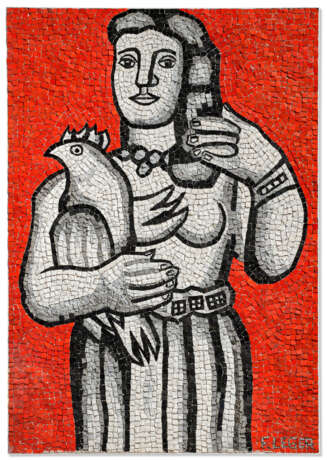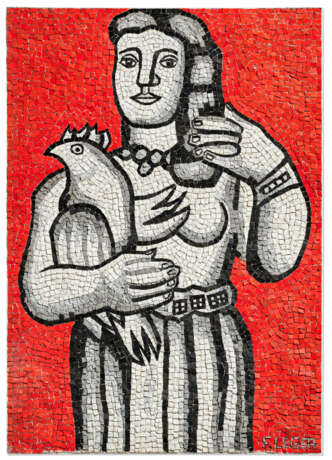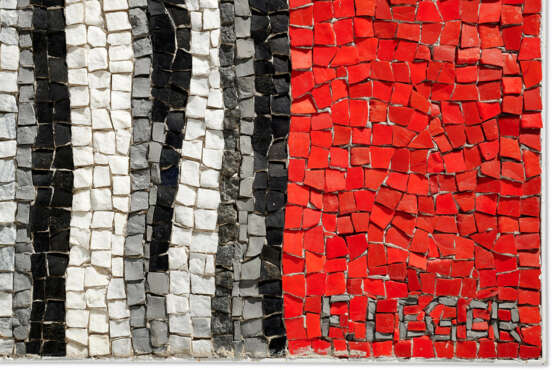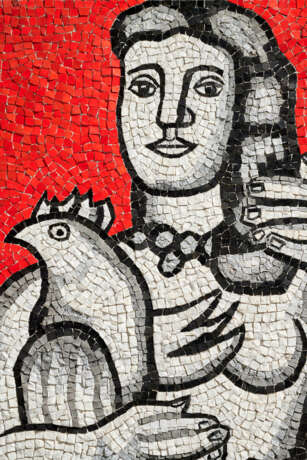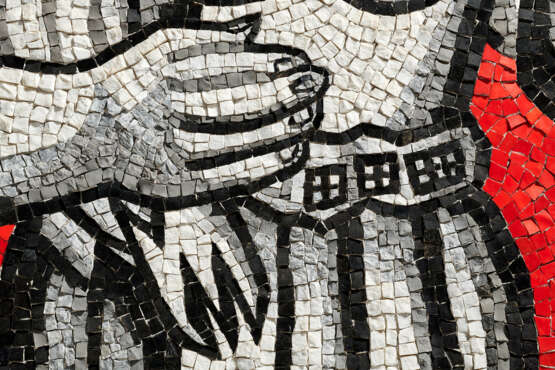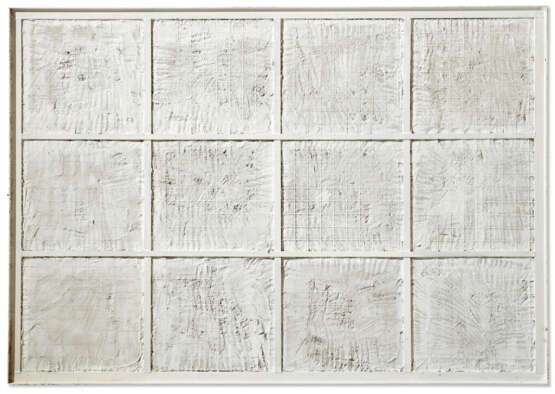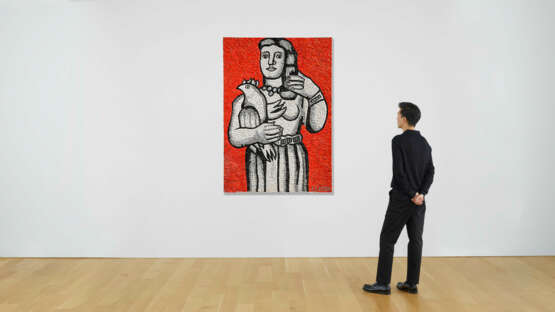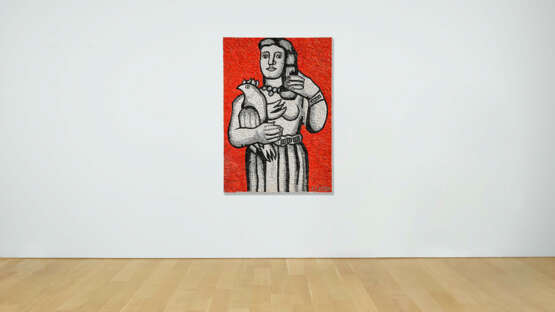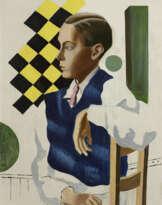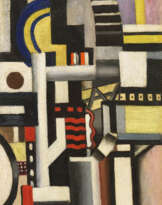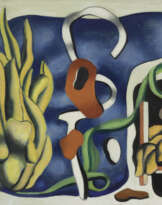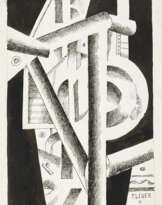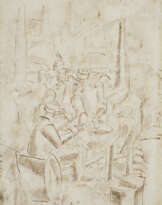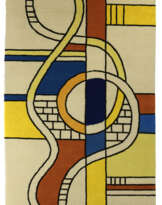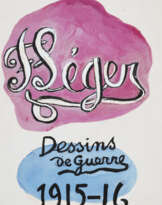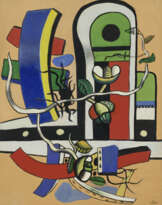ID 871929
Lot 20 | D'après Fernand Léger (1881-1955)
Estimate value
€ 250 000 – 350 000
La Femme à l’oiseau sur fond rouge
inscrit 'F. LEGER' (en bas à droite)
mosaïque sur béton
191 x 134 x 4.7 cm.
Mosaïque exécutée vers 1971-1972 par Heidi Melano en collaboration avec Nadia Léger dans une édition de trois exemplaires
Transposition de l’huile « La Femme à l’oiseau sur fond rouge » peint en 1952.
inscribed ‘F. LEGER’ (lower right)
mosaic on concrete
75 1/4 x 52 3/4 x 1 7/8 in.
Mosaic executed circa 1971-1972 by Heidi Melano in collaboration with Nadia Léger in an edition of three
Transposition of the oil "La Femme à l'oiseau sur fond rouge" painted in 1952.
Provenance
Galerie D.M.L. Fine Art, Milan
Collection Luigi et Peppino Agrati (acquis auprès de celle-ci en 2004)
Puis par descendance au propriétaire actuel
Literature
(L'huile) G. Bauquier, Fernand Léger, Catalogue raisonné de l'œuvre peint, 1952-1953, Paris, 2013, p. 94, No. 1514 (illustré en couleurs p. 95).
Special notice
This item will be transferred to an offsite warehouse after the sale. Please refer to department for information about storage charges and collection
details.
Post lot text
En 1949, le Père Couturier, professeur et artiste dominicain, fait appel à Léger, Braque, Matisse, Chagall, Lipchitz et d'autres artistes afin de participer à la décoration de la nouvelle église d'Assy, dans le sud de la France. Léger réalise à cet effet une mosaïque pour orner les murs de cette église. Celle-ci sera consacrée en 1950 et fera l’objet de réactions mitigées et de nombreuses controverses. C'est à Biot, dans l'atelier de son ancien élève Roland Brice, que Léger commence à expérimenter la céramique décorative, animant les murs de couleurs et faisant usage de son vocabulaire visuel familier. Dans les années 1950, les commandes d'architecture deviennent de plus en plus fréquentes : Léger travaille, entre autres, sur la crypte du Mémorial américain de Bastogne en Belgique, l'église de Courfaivre en Suisse, le bâtiment des Nations unies, l'université de Caracas et l'hôpital de Saint-Lô. Inspirée d'une composition qui apparaît pour la première fois dans l'œuvre de Léger en 1951 (Bauquier n° 1417) et directement basée sur une huile du même titre réalisée en 1952, la présente mosaïque décorait l'un des murs de la maison de l'artiste près de Lisores, dont il avait hérité de sa mère en 1922.
In 1949 Père Couturier, a Dominican teacher and artist, commissioned Léger, Braque, Matisse, Chagall, Lipchitz and others to assist in the decoration of the new church of Assy in the South of France. Léger produced a mosaic for the church, which was consecrated in 1950 to mixed reactions and much controversy. It was in Biot in the atelier of his former pupil Roland Brice that Léger began to experiment with decorative ceramic, animating walls with colour and his familiar visual vocabulary. In the 1950s architectural commissions became more and more frequent and Léger worked on, amongst other projects, the crypt of the American Memorial in Bastogne in Belgium, the church of Courfaivre in Switzerland, the United Nations building, the University of Caracas and the hospital in Saint-Lô. Inspired by a composition that first appears in Léger's oeuvre in 1951 (Bauquier no. 1417) and directly based on a 1952 oil of the same title, the present mosaic decorated one of the walls of the artist's house near Lisores, which he had inherited from his mother in 1922.
| Artist: | Fernand Léger (1881 - 1955) |
|---|
| Artist: | Fernand Léger (1881 - 1955) |
|---|
| Address of auction |
CHRISTIE'S 9 Avenue Matignon 75008 Paris France | ||||||||||||||
|---|---|---|---|---|---|---|---|---|---|---|---|---|---|---|---|
| Preview |
| ||||||||||||||
| Phone | +33 (0)1 40 76 85 85 | ||||||||||||||
| Fax | +33 (0)1 40 76 85 86 | ||||||||||||||
| Conditions of purchase | Conditions of purchase | ||||||||||||||
| Shipping |
Postal service Courier service pickup by yourself | ||||||||||||||
| Payment methods |
Wire Transfer | ||||||||||||||
| Business hours | Business hours
|
